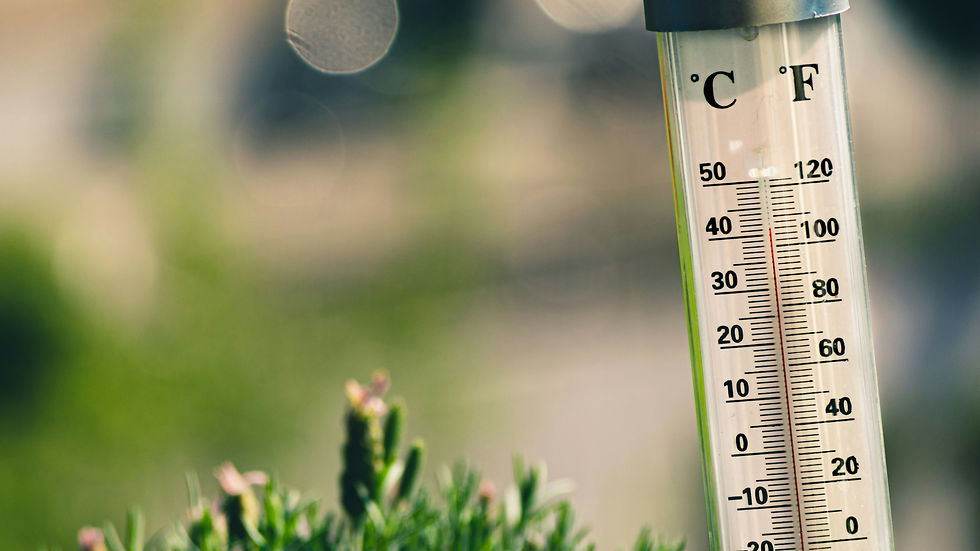It’s that time of year, with hot and dry weather, forest fires, and low atmospheric humidity for most of us. For patients who depend on tracheostomies and ventilators, routine humidification is critical, but it might not be enough because hot weather can cause airway irritation and plugging.

Most people are born with a functional nose and an intact upper airway that warms, filters, and humidifies the air we breathe. When you’re not sick, it’s a perfect system that minimizes infections and helps us breathe with ease and comfort. However, some people were born with abnormalities in the upper airway—or they acquired illnesses or abnormalities at some point in their life—that led to the placement of a tracheostomy tube to breathe. But here’s the thing...when you breathe through a trach tube, you lose the humidification, warmth, and filtering provided by the upper airway. So, we must add routine maintenance systems and devices to provide filtered, warmed, and humidified air to the upper and lower airways in the lungs, which is vital to the health of the tissues and the ease of breathing.
Our lungs function best when the airway temperature is 98.6 degrees and saturated with humidity. Otherwise, tissues dry out, the protective beating function of airway cilia to mobilize secretions slows, and the risk of airway plugging rises. If a person is on a ventilator through a tracheostomy tube, sterile water is added to the system to provide a source of humidification through the humidifier, where it’s warmed, and the ventilator filters the air. It’s not perfect—because there are potential sources of infection or device failures—but it does a pretty good job of mimicking what the upper airway would normally accomplish to achieve a 98.6 temperature and 100% humidity.
If you have a trach and you’re not on a ventilator, an HME—or heat-moisture exchanger—is a plastic device with specialized paper/foam that attracts and holds water. It fits over the end of the trach tube and they’re a universal fit for all trach tubes in the market. They provide filtering, warmth, and add humidity so that the patient’s airway tissues are moist, and their airway cilia can function towards peak performance. Mucous plugging—a potential airway emergency—is minimized, but it’s not necessarily eliminated; it’s always a risk.
Again, HME’S are not a perfect system, partly due to people opting not to use them, children tossing them across the room throughout the day, or poor insurance reimbursement that limits the availability of HME’s. And while they don’t filter out all the germs or particles in the air, it's the only device available to replace what the upper airway would have normally accomplished.
But what if routine maintenance with an HME is not enough and your patient is showing signs of thicker secretions?
Saline drops or nebulized saline is an effective way to add extra moisture during the hot summer months, when an illness thickens secretions, or when the patient is away from home and a humidifier cannot be used for those on a ventilator. The provider can order a specific number and frequency of saline drops for the trach tube, or a specific amount/frequency of nebulized saline to add moisture back into the respiratory system. It’s certainly a thoughtful discussion to have with your doctor or nurse practitioner on how to achieve optimal airway moisture.
In any case, to take the best care of these people, we must add moisture, warmth, and filtering via the trach tube in some way. It’s vital for tissue health, respiratory function, and—most importantly—it serves to minimize airway obstruction, either in the tube itself or in the lower airways of the lungs.
When it’s hot outside, the risk of airway plugging increases. Therefore, watch for thicker secretions and, if necessary, go beyond the routine humidification methods to provide optimal airway health and minimize the risk of plugging.

Comentários